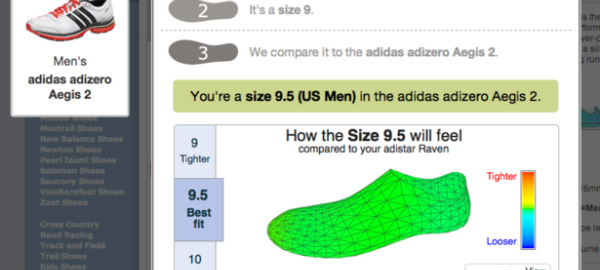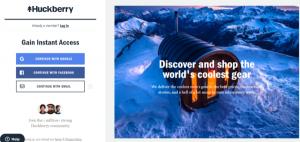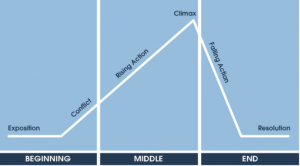When it comes to fashion — particularly online fashion — there’s good news and bad.
The good news is the internet has leveled the playing field, radically. Traditional barriers to entry and growth have all but disappeared. Costs related to production, distribution, sales, and marketing are lower than ever. On top of that, a new report of the future of ecommerce clothing and accessories revealed that the sector is expected to grow to $ 223 billion by the close of 2016 and to $ 355 billion by 2020.
The bad news is style is no longer the differentiating factor.
It’s not that style doesn’t matter in fashion. Of course it does. Creativity, innovation, and disruption have always driven the fashion industry and, naturally, they still do. However, if you want your brand to be more than just a trending meme or viral flash — that is, if you want to build a sustainable company — simply being “cool” won’t cut it.
After all, the internet is teeming with cool.
Fortunately, adapting to the tech-focused future of fashion doesn’t mean you have to learn how to code. In fact, all it really comes down to are two approaches: (1) make it fit and (2) make it personal.
Make It Fit
Experience-based products have always had a hard time in the purely digital marketplace.
Why? Because of brick-and-mortar stores answer to the one question customers ask most: Does it fit? And unfortunately, even if you manage to overcome this challenge with a sale, fit can still be a post-sale killer. With an average return rate as high as 30% — compared to 8.9% for traditional stores — returns are the bane of ecommerce’s existence.
And that’s why technology should be your new best friend.
Simple size charts are notoriously unreliable. Integrating a mix of brand-specific measurements — rather than merely relying on garment types — with customer body types and 3D imaging has been shown to reduce fit-related returns by as much as half. Shoefitr, for instance — which Amazon acquired last year — allows customers to compare the size and shape of their current footwear with the exact brand and model they want to buy.

Fits Me takes the same approach to clothing. Their “fit adviser” walks online shoppers through the size-selection process based on their style preference and individual body shape. Fit Me not only increased luxury clothing retailer Thomas Pink’s conversion rates by 21% but, in their own words, “Smashed the overall returns rate.”

Whether you build your own fit solution or simply partner with an existing platform, remember: it doesn’t matter how good your product looks — i.e., style — what matter is how good it looks on the people who buy it.
Make It Personal
Personalization is vital in all ecommerce industries, but few cry out for it like fashion.
Take the rapidly growing market for subscription-based “box” services. Stitch Fix’s approach to personalization is built around a combination of science and art. Their proprietary algorithm — i.e., the science — processes responses to new and existing user surveys and uses that big-picture data to shape exactly what their stylists — i.e., the art — select for each customer’s monthly box.
If the phrase “proprietary algorithm” sounds intimidating then consider Pura Vida Bracelets. The San Diego based retailer — whose founders, Griffin Thall and Paul Goodman, recently appeared on Forbes 30 Under 30 list — created scaled-down personalization process on their own site focused on onboarding new customers with flair.
“Find your perfect bracelet” is a seven-part survey that creates user profiles based on considerations like gender, location, “vibe,” and even favorite song:


In other words, Pura Vida makes personalization fun and culminates with a one-two-three punch: (1) an email opt in and coupon, (2) the “Result,” and (3) an invitation to share:

The same is equally true of fashion personalization when it comes to mobile. As B2Community’s own How Fashion E-Commerce Brands Use Mobile Marketing Personalization explains: “E-Commerce brands that are winning the battle of in-app purchases right now are creating a personalized experience for users that they not only enjoy using, but want to share with others.”
That last line — “share with others” — is vital. Like2Buy not only replicates the look and feel of Instagram, it also lets Instagram users share, like, and link directly to the products they’ve recently purchased.

Technology and the Future of Fashion
Style will always have a controlling hand in the success or failure of fashion.
But with the flood of all things “cool” — along with the elimination of traditional barriers to entry and growth — style is no longer the be all and end all of building a sustainable brand.
Instead, the future of fashion is tech.
That doesn’t mean you can’t revel in the things that made you want to be a designer in the first place, but it does mean — if you don’t (1) make it fit and (2) make it personal — somebody else will.
Digital & Social Articles on Business 2 Community(77)






